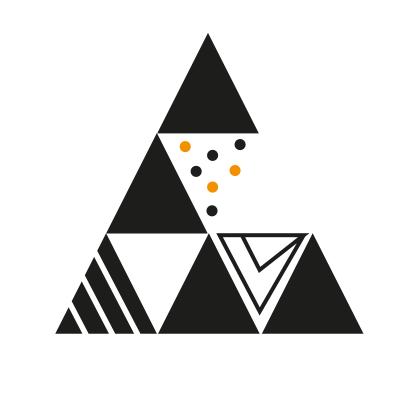Summary
The traditional Kutch weaving is a 600-year-old tradition. It is done by an extra-weft weaving technique, where a weft yarn is used in the warp of the loom. The weaving with extra weft creates the distinctive designs with geometric patterns. The characteristic, intricately handwoven motifs form the identity of the Kutch weaving.
Shawls are woven with motifs, which have been passed down through generations of artisan communities. They were originally made from local desi wools and were traditionally worn as veils. Artisans continue to design and produce shawls for the local market as their shawls are widely worn throughout Kutch in the winter months. Over the years, the weavers spread out in large clusters and smaller pockets throughout Kutch.
What does Kutch Weaving look like?
Discover Kutch Weaving crafts from The Craft Atlas and other digital collections in the image gallery.
Origin
What is the history of Kutch Weaving?
600 years ago, the marwada community from Rajasthan, migrated to the Kutch region and are known today as Vankar for the art of Traditional Kutch weaving in Gujarat. Traditionally, weavers used hand-spun cotton yarn provided by the Ahir and Patel farming communities and the wool provided by the Rabari and jat pastoral communities. Weaving was a local art, which provided the Kutch communities with blankets, cloth, and traditional dress.
Where does Kutch Weaving come from?
Kutch Weaving is a craft from
Kachchh, Gujarat, India


